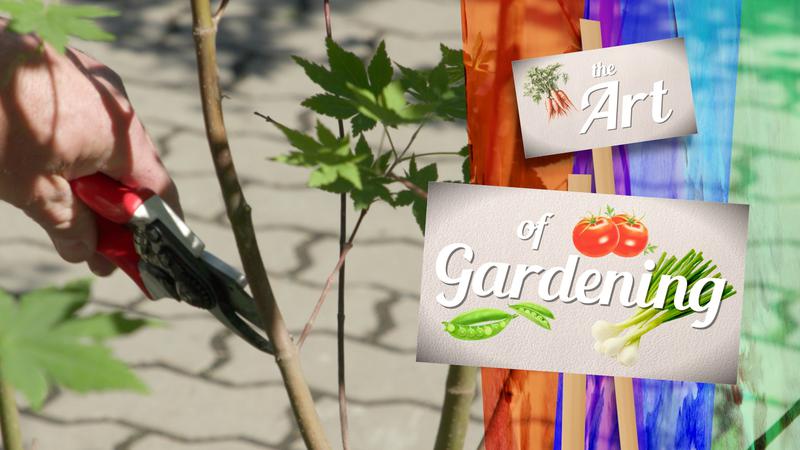When salmon is affected,we all are
KAMLOOPS -Shortly after we moved to Kamloops in August of 2012 we were told of a not-to-miss event unfolding every fall in the Adams river: the annual salmon run, peaking every four years. The 2010 run had been a successful one, ‘the river was red with fish’ one acquaintance said, and though the big runs happen every four years, the 2012 was expected to be a good one nonetheless.
Come October, we went to the then-named Roderick Haig-Brown Provincial Park, now Tsútswecw. There was salmon alright. Not a river running red with it, but there was salmon to tell the tale. And what a tale it is. Salmon truly ties the various ecosystems of this province like a ribbon, holding everything together functioning perfectly and ensuring the continuity of life, year after year.
Based on the four-year cycle predictions, 2018 is supposed to be a big one. For the sockeye salmon, the predicted numbers are in the millions. Around 14, to be precise. But if you consider the reality of warm waters (20.7 degrees Celsius is the maximum recorded these days in the Fraser River near Hope,) a grimmer picture emerges, with much lower returns – between 8.5 and 5 million fish. The unusually warm ocean waters have not been welcoming to the salmon either, which has considerably affected their survival rates.
The chinook populations are not doing much better. The declining stocks have been evident in recent years, with some fisheries seeing but 20 percent of their average returns. According to data compiled by the Watershed Shed Salmon Society in August 2017, out of the 15 south coast chinook populations belonging to the Fraser River fishery, nine were listed as a severe conservation concern due to their low returns.


